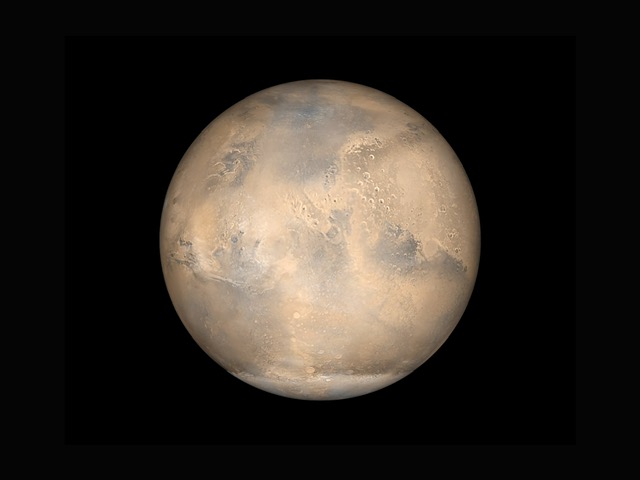Mars rover, Perseverance, touches down on Mars
On August 6, 2012, the Mars rover, Curiosity, touched down on the surface of the red planet. Curiosity was the latest of rovers sent to the planet up until last week on February 18 when Mars rover, Perseverance, landed on the Mars surface.
On July 30, 2020, the 2.7 billion dollar NASA rover Perseverance launched on the more than 300 million mile trip to the red planet. After nearly 8 months of travel, the rover finally landed on Mars making it the fifth successful Mars rover launch by NASA. Perseverance, nicknamed Percy, has the task of looking for signs of ancient life and collecting samples of rocks and regolith -broken rock and soil- to possibly bring back to Earth.
A-West Sophomore Levi Yocum, who watched the live landing of Percy explains, “The real reason Percy was sent up there was for research. Specifically the search for past life on a lake that used to exist where it landed.”
The former lake that Yocum is referring to is called the Jezero crater and scientists believe that it used to be flooded with water according to NASA Science Mars. Jezero crater was chosen out of 60 locations on Mars and was chosen after a 5-year study on potential sites to have Percy land.
Percy also carried a 4-pound helicopter named Ingenuity on its trip to Mars. Ingenuity’s task is to try to fly in the Martian atmosphere which is 99 percent less dense than Earth’s. Due to this scientists had to make a lightweight and small helicopter to be able to have a chance at flying on Mars. The team working on Ingenuity at NASA, has a checklist that includes surviving the launch and landing on Mars safely, deploying to the surface from Perseverance’s belly, autonomously keeping warm through the intensely cold Martian nights, and autonomously charging itself with its solar panel. If all of these things are successful Ingenuity will be able to make its first test flight on the red planet.
While NASA is waiting to see if Ingenuity will be able to fly, Percy is already making progress on Mars. The rover has sent back an HD panorama picture of their surroundings and an audio clip of a Martian breeze. In addition to that according to NASA Science Mars, the Mars rover has already gathered more than 5,614 images as of February 25 and there are still many more to come.
Acting NASA Administrator Steve Jurczyk thinks that Percy is already making history by saying, “Perseverance is just getting started and already has provided some of the most iconic visuals in space exploration history.”

Jacob Younkerman is a sophomore at A-West. This is his second year taking journalism. He plays tennis for the school and loves playing basketball and video...



